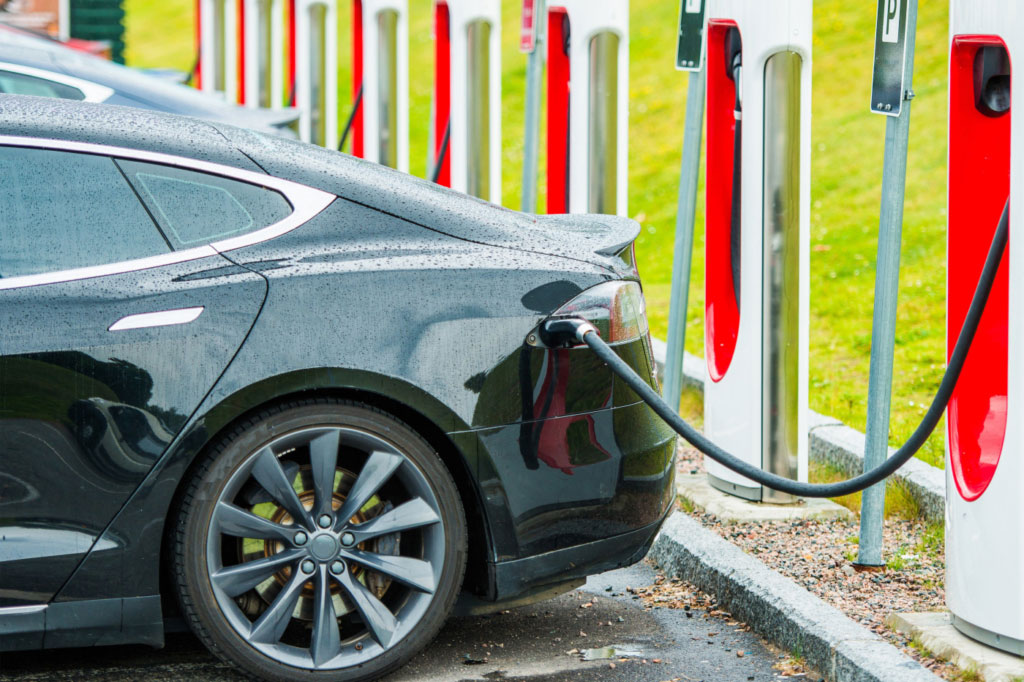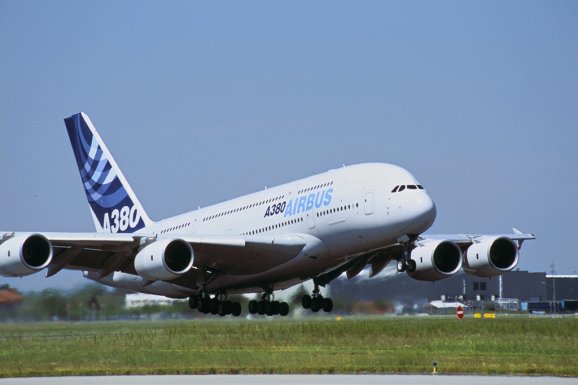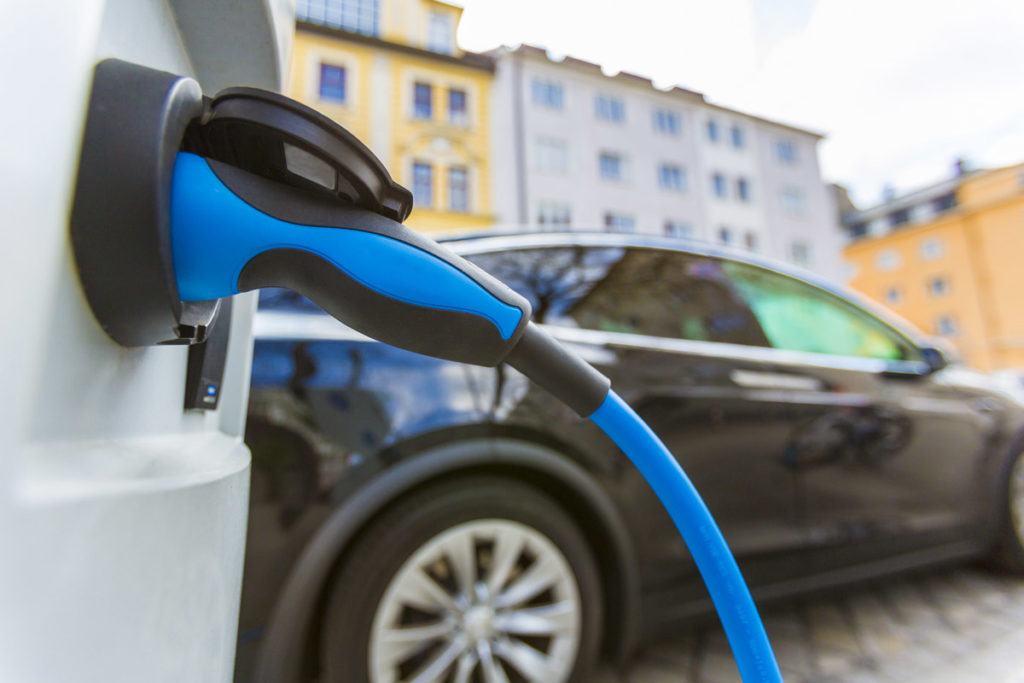Mobility
Copper plays an important role in all kinds of transport systems. Whether in cars, trains or aeroplanes – copper is used wherever high electrical conductivity or specific material properties are required.
Automobile
Copper is widely used in automobiles and trucks, especially in electrical parts, followed by heat transfer systems such as radiators or oil coolers and plain bearings made of bronze. In addition, countless fittings, brackets and screws are made of copper and copper alloys with brass. With around 9 % of the copper used worldwide, the automotive sector was one of the main areas of application in 2019.
Today, a mid-range car contains around one kilometre of copper cable due to the installation of electronic components and electrically operated accessories. Fifty years ago, it was only about 45 metres. The trend towards intelligent vehicles has also significantly increased copper consumption by about 40 %, for example for anti-lock braking systems (ABS), anti-theft systems, navigation computers, etc. Electric and hybrid vehicles, where a conventional engine is supplemented by an electric motor, have reached a new stage of development. Leading car manufacturers have already invested considerable work and financial resources in the development and testing of such systems. Since both types of vehicles use an electric motor, they contain significantly more copper than conventional cars, which today use an average of 25 kilograms of copper and copper alloys.

Rail
Modern rail vehicles are also extremely copper-intensive. High-speed trains, for example, use ten tonnes of copper per vehicle. One tonne of copper is needed per track kilometre – twice that for a double-track line.
The most powerful electric locomotives contain more than eight tonnes of copper, while in a commercial aircraft this metal accounts for only about two per cent of the weight, but they are equivalent to more than 190 kilometres of copper cable.
The use of appropriate conductor cross-sections saves energy in rail transport and increases the reliability of existing rail infrastructures.
Above all, however, copper makes electrification possible in the first place – and that really saves money, CO2 and raw materials.

Aircraft
Gigantic numbers: The largest passenger aircraft in the world, the Airbus A 380, can carry up to 853 passengers. The current A380-800 model has an above-average length of 72.30 metres, a height of 24.10 metres and a wingspan of 79.80 metres. The aircraft has an empty weight of 275 tonnes and a maximum take-off weight of 569 tonnes. The maximum flight range is 15,200 kilometres. The A 380 can reach a maximum speed of 1,020 kilometres per hour.
To control the aircraft’s electronics, some 550 km of cables and wires are installed, many of them made of copper. Multipurpose wires and cables for cells are used throughout the aircraft: in the cockpit, in the passenger area, in the wing structures and wings. They are used to carry signals and low current at 27 volts DC or 115 volts AC RMS. These wires also represent a significant portion of cable in the average passenger aircraft. They control everything from fast-seatbelt signs to complex fly-by-wire subsystems.
An average passenger aircraft is about 50 metres long. If only one single 20-core copper cable is used here, this alone amounts to 1 kilometre. Copper is used here, as in many other high-tech applications, because of its high conductivity, which is only surpassed by that of silver: The electrical conductivity of high-purity copper (” 99.998 % Cu) can almost reach the value 60 m/W*mm2. With this highest volume-specific electrical conductivity of all technically common conductor materials, copper reduces energy losses. This improves energy efficiency and thus reduces operating costs – also for the king of air.

Are you looking for a different content?
Electromobility
Energy-efficient copper materials are an important component of electromobility.
More